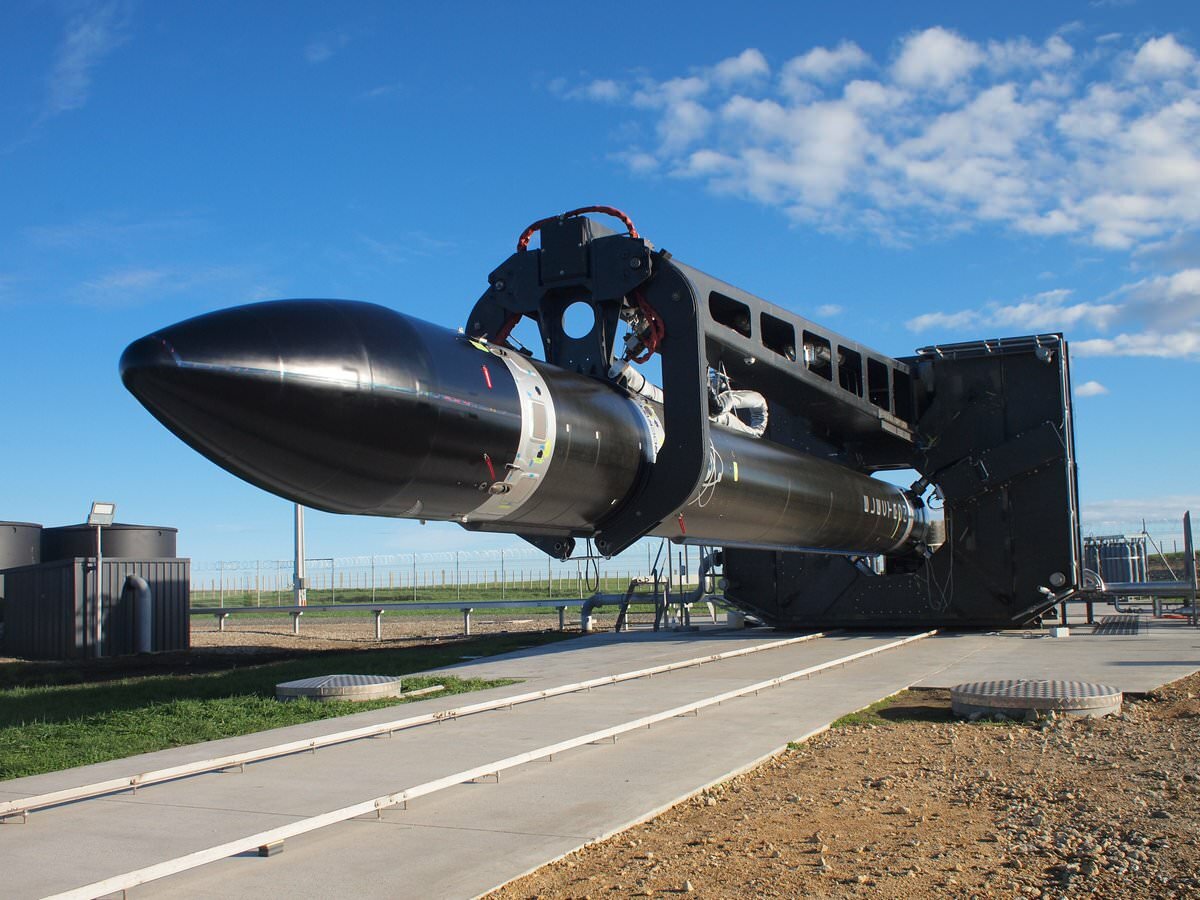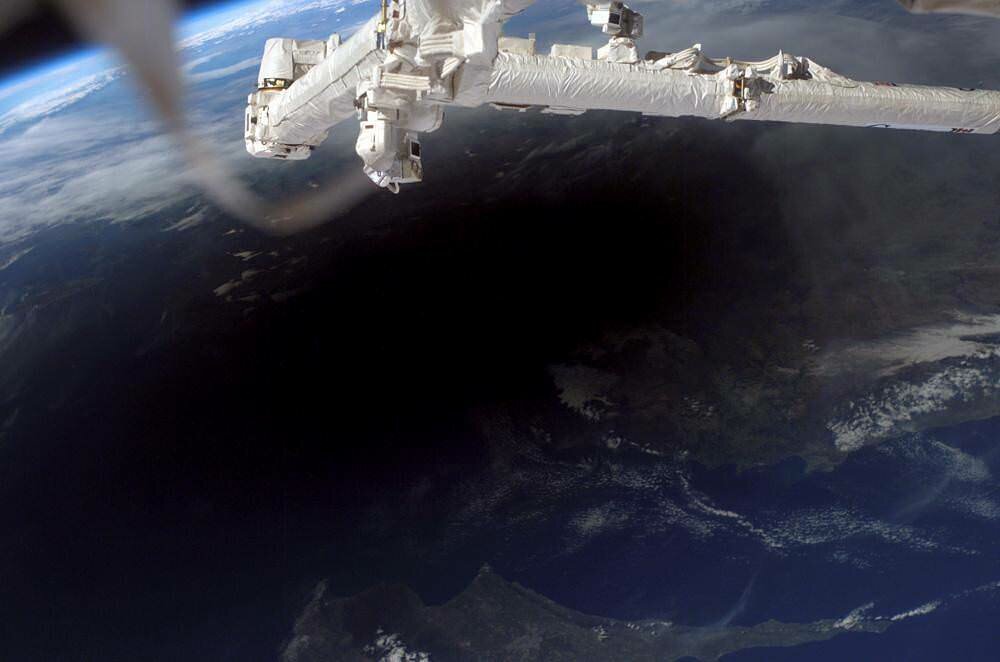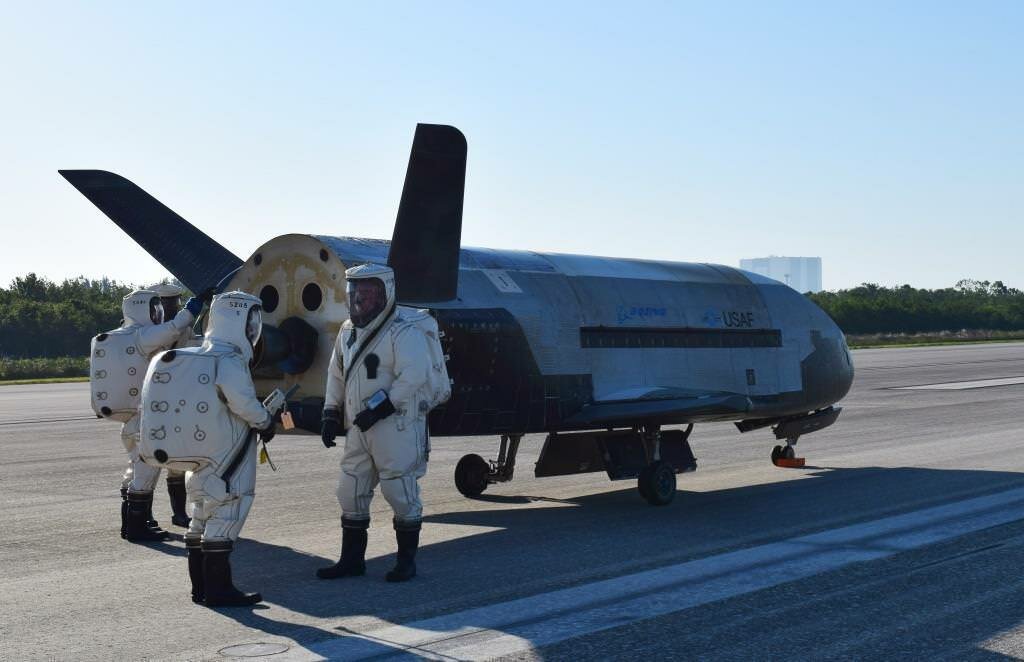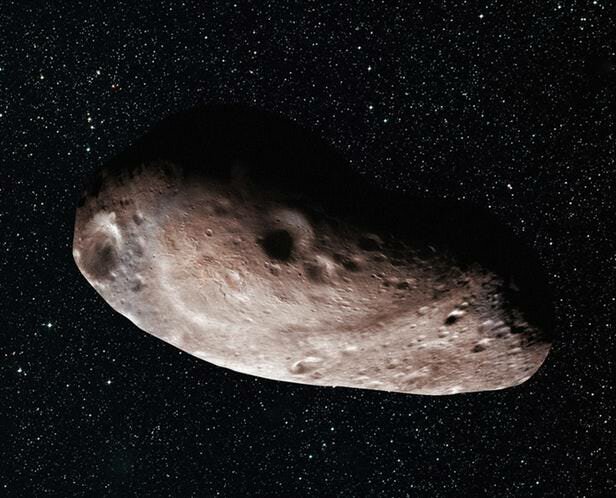Last updated August 28, 2017 at 4:00 pm
This edition of Go/No Go has a distinctly lunar flavour. Catch up on all the latest spaceflight news.
Hello, can you hear me?
The moon might seem like the last place you need mobile phone coverage, but German start-up PT Scientists are preparing to set up the first mobile phone communications on the lunar surface.
“We are cooperating with Vodafone in order to provide LTE base stations on the moon,” PT Scientist’s Karsten Becker told Space.com. However it’s not for any moon dwellers to phone home, but instead infrastructure to allow communication between the start-up’s planned rovers and a base station.
The company is planning to launch for the moon in 2018, after which they will soft-land a unit onto the lunar surface. From the base station, named Alina, two rovers will be deployed to travel towards the Apollo 17 landing site to examine what has happened to it in the intervening 45 years. However, rather than burdening the rovers with heavy and power-hungry communications equipment to communicate directly with Earth they will instead use LTE to transmit their high-definition imagery back to Alina, which will relay the data to Earth. Control messages from Earth to the rovers will be transmitted in the same way but in reverse. “Using the LTE modem to transmit our data is much more energy efficient than using direct Earth communication,” Becker explained.
The rovers, while still on Earth, did make a cameo appearance in the film Alien: Covenant, and a related short film.
The company doesn’t expect the rovers or base station to survive more than a day on the surface of the moon, with the extremely low temperatures of a lunar night expected to take their toll on the equipment. However should they prove LTE communications are a viable option for communications in space, expect the strategy to become more common in the future.
Plus, when humans begin colonising the Moon it could also mean more Snaps and Insta posts during a moonwalk.
Lunar X-Prize deadline extended
Google’s Lunar X-Prize, a competition for independent companies to land and operate rovers on the moon, has been extended.
The competition offers $20 million to the first privately funded group that soft-lands a spacecraft on the lunar surface, moves it at least 500 meters, and sends high-definition imagery back to Earth. The original deadline to achieve this was 31 December 2017, however that has now been extended until 31 March 2018.
PT Scientists (mentioned above) had entered the competition but withdrew their interest due to their inability to meet the original deadline. They’re expecting to launch later in 2018 than the deadline, however have indicated they still expect to be the first privately-funded group to fulfil the requirements even if they’re no longer in the competition. US group Moon Express initially expected to launch this year, however that depends on the lunar payload being completed in time. It will be interesting to see if the deadline gets extended again to ensure someone takes the prize.
The five teams still in the hunt are Moon Express, Indian group TeamIndus, Hakuto from Japan, Israel’s SpaceIL, and the international collaboration Synergy Moon.
RocketLab getting ready for October launch
RocketLab, a US based company with launch facilities in New Zealand, are planning an October date for the second test launch of their Electron rocket.
 Their first test in May ended prematurely when an early-termination signal was mistakenly transmitted to the rocket at an altitude of 225km. However that early-termination was found to be due to faulty software programming in ground equipment, and not an actual problem with the rocket. The equipment, supplied by a third-party started returning an erroneous track of the rocket’s position, leading to the termination in case of a loss of control. However RocketLab’s own systems showed no issues, and the data of the launch replayed after the system fault had been rectified similarly showed no issues with the tracking of the rocket. Analysis has shown that performance of the rocket was extremely positive, leading to the test being deemed a success.
Their first test in May ended prematurely when an early-termination signal was mistakenly transmitted to the rocket at an altitude of 225km. However that early-termination was found to be due to faulty software programming in ground equipment, and not an actual problem with the rocket. The equipment, supplied by a third-party started returning an erroneous track of the rocket’s position, leading to the termination in case of a loss of control. However RocketLab’s own systems showed no issues, and the data of the launch replayed after the system fault had been rectified similarly showed no issues with the tracking of the rocket. Analysis has shown that performance of the rocket was extremely positive, leading to the test being deemed a success.
RocketLab intends to use the Electron to launch low-cost, light weight payloads into an approximate 500km orbit from their New Zealand facility. Based on analysis of the curtailed May test, their expectations for the October launch are high.
Image courtesy of RocketLab
Space Station crew in box seat for the eclipse
When the solar eclipse occurs later today (Monday 21 August), the crew on board the International Space Station will have some of the best seats in the solar system to view it from (maybe excepting the pilots on board the research aircraft following the eclipse).
Dubbed, in subtle fashion, the Great American Eclipse, the solar  eclipse will trace its way across North America. And because the ISS orbits the Earth every 90 minutes, the astronauts will be able to experience the eclipse three times, astronaut Randy Bresnik told a Facebook Live event. “The first time will be just off the West Coast, we’ll actually cross the path of the sun, and we’ll have (a partial) eclipse looking up from the space station.” Next time around, the astronauts will be able to observe a second partial eclipse of around 44%, and will see the umbra, or shadow caused by total eclipse to their south. “We’ll be north of Lake Huron in Canada when we’ll be able to see the umbra, or the shadow of the eclipse, actually on the Earth, right around the Tennessee-Kentucky (area), the western side of both those states.”
eclipse will trace its way across North America. And because the ISS orbits the Earth every 90 minutes, the astronauts will be able to experience the eclipse three times, astronaut Randy Bresnik told a Facebook Live event. “The first time will be just off the West Coast, we’ll actually cross the path of the sun, and we’ll have (a partial) eclipse looking up from the space station.” Next time around, the astronauts will be able to observe a second partial eclipse of around 44%, and will see the umbra, or shadow caused by total eclipse to their south. “We’ll be north of Lake Huron in Canada when we’ll be able to see the umbra, or the shadow of the eclipse, actually on the Earth, right around the Tennessee-Kentucky (area), the western side of both those states.”
“And then the third pass is actually just off the East Coast. We’ll come around one more time and from the station side we’ll see about an 85 percent eclipse of the sun looking up (at 4:17 p.m.). So we should be able to get really neat photos… of the sun being occluded by the moon” Bresnik said.
Image of the 2006 solar eclipse courtesy of NASA
X-37B launching again
 The secretive, Boeing-built X-37B US Air Force spacecraft is being prepped for launch later this year, according to reports.
The secretive, Boeing-built X-37B US Air Force spacecraft is being prepped for launch later this year, according to reports.
The spacecraft has previously competed 4 missions, the latest nearly 2 years in duration. Given its secretive nature, long periods orbiting Earth, and scarce information about payloads, the missions have sparked speculation about the purpose of the spacecraft.
Image courtesy of the US Air Force
New Horizons’ new target
NASA’s New Horizons probe has already had a pretty eventful career. Launched in 2006 it zoomed around Jupiter to get a gravity-assisted velocity boost towards Pluto. The close pass of the dwarf planet in 2015 revealed information which has changed our impression of the distant former-planet. New Horizons collected so much data it spent the next year transmitting it all back to Earth. And now it’s lined up a new target in the Kuiper Belt – a region of rocky debris which surrounds our solar system.
The Kuiper Belt Object (KBO) 2014 MU69 has been selected as New Horizons’ next rendezvous. This mission will hopefully reveal information about the formation of the solar system by collecting data from the object which is essentially unchanged since the formation of the planets.
 In preparation of this close pass, astronomers have been observing 2014 MU69, and have found some curious characteristics. The KBO could be shaped like an extreme prolate spheroid (like a stretched out potato), or even two separate pieces that are either incredibly close to one another or are actually touching. Alternatively, it could be a single body with a large chunk removed. It appears to be no more than 30km long, or two rocks around 15-20km in diameter. This makes the KBO a far more interesting prospect than just a spherical piece of rock. However it could throw up some challenges for New Horizons similar to those faced by Rosetta and Philae when they encountered 67p/Churyumov–Gerasimenko.
In preparation of this close pass, astronomers have been observing 2014 MU69, and have found some curious characteristics. The KBO could be shaped like an extreme prolate spheroid (like a stretched out potato), or even two separate pieces that are either incredibly close to one another or are actually touching. Alternatively, it could be a single body with a large chunk removed. It appears to be no more than 30km long, or two rocks around 15-20km in diameter. This makes the KBO a far more interesting prospect than just a spherical piece of rock. However it could throw up some challenges for New Horizons similar to those faced by Rosetta and Philae when they encountered 67p/Churyumov–Gerasimenko.
Artist’s impression of 2014 MU69 courtesy of NASA, JHUAPL, SwRI and Alex Parker
Follow us on Facebook, Twitter and Instagram to get all the latest science.




























































































































































































































































